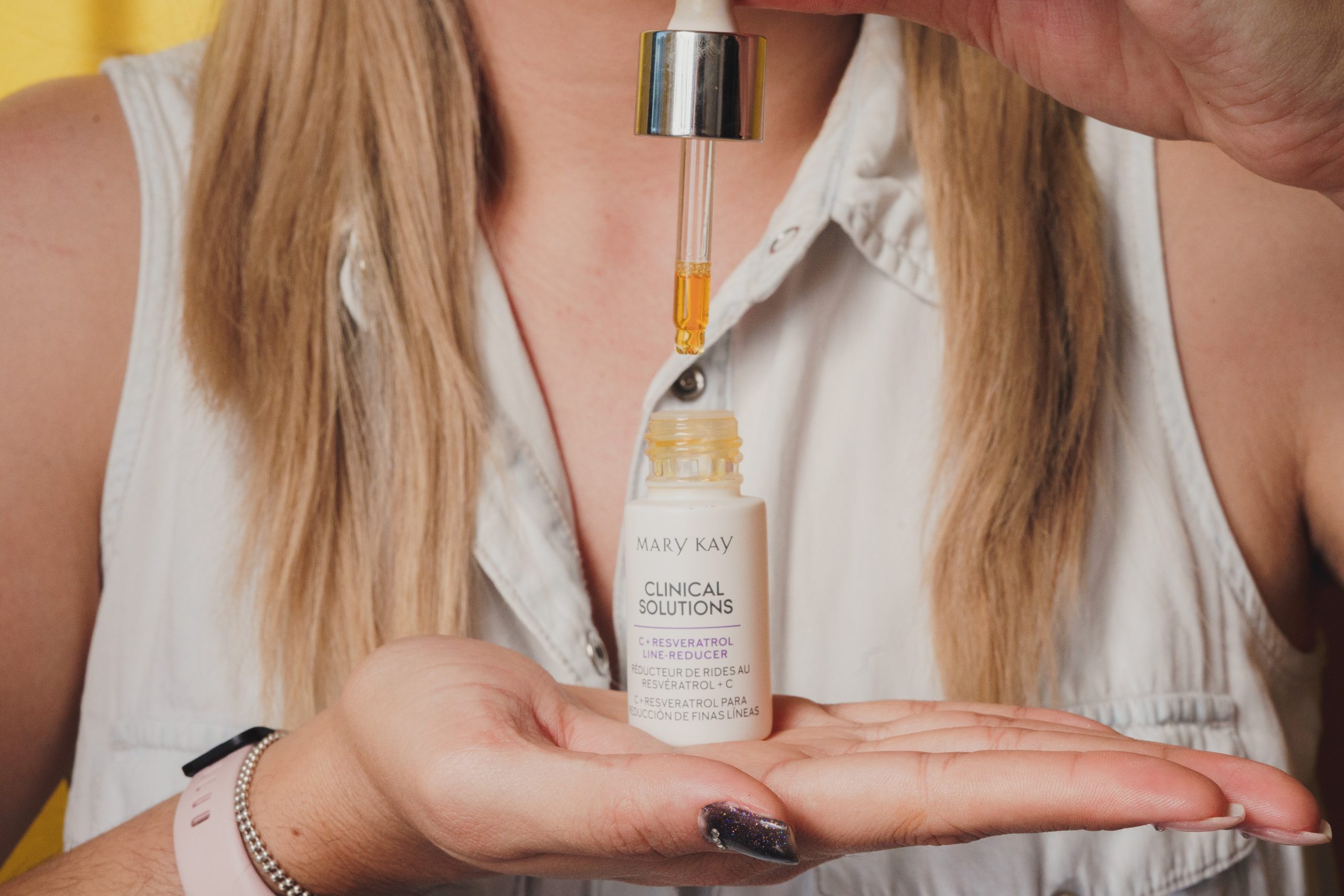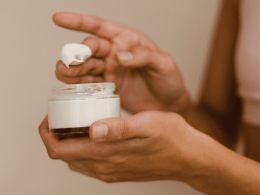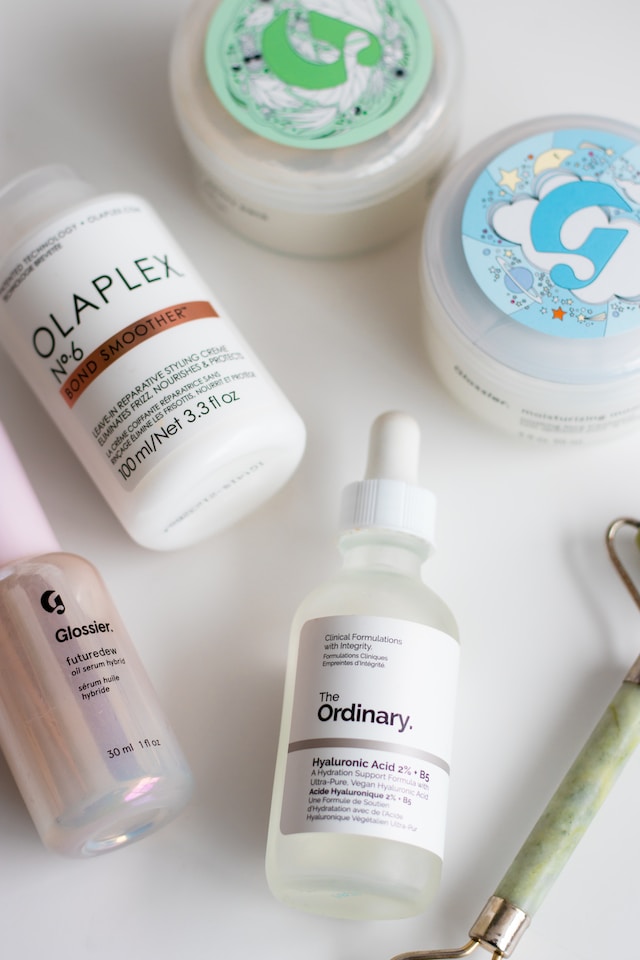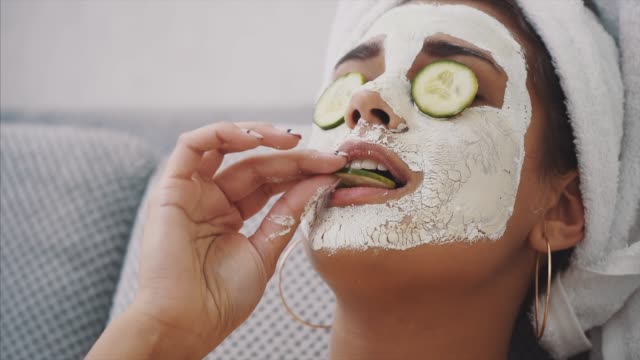Are you tired of buying foundation that ends up looking too dark or too light on your skin? The secret to finding the perfect shade lies in understanding your undertone. Your undertone can either be cool, warm, or neutral and it plays a huge role in determining which foundation shade will flatter your complexion the most. In this post, we’ll explore how to determine your undertone and provide tips for selecting the best foundation shade that truly matches your skin. Get ready to achieve flawless coverage with our ultimate guide!
What is your undertone?
Your undertone is the underlying hue of your skin. It’s what gives your skin its color, and it can be either warm, cool, or neutral. To determine your undertone, look at the veins in your wrist. If they appear green, then you have a warm undertone. If they look blue or purple, then you have a cool undertone. And if they look neither green nor blue, then you have a neutral undertone.
Once you’ve determined your undertone, selecting the best foundation shade becomes much easier. If you have a cool undertone, opt for foundations with pink or red undertones. If you have a warm undertone, go for foundations with yellow or gold undertones. And if you have a neutral undertone, any foundation shade will work for you.
How to determine your undertone
When it comes to choosing the right foundation, one of the most important things to keep in mind is your undertone. Your undertone is the underlying hue of your skin, and it can be either warm, cool, or neutral. Determining your undertone can help you select the best foundation shade for your skin.
There are a few simple ways to determine your undertone. First, take a look at the veins in your wrist. If they appear greenish, then you have a warm undertone. If they appear bluish, then you have a cool undertone. If you can’t really tell, then you likely have a neutral undertone.
Another way to determine your undertone is to look at how you react to certain colors. Do you look best in gold jewelry or silver jewelry? If gold looks better on you, then you have a warm undertone. If silver looks better, then you have a cool undertone.
You can also try holding up different foundation shades next to your face to see which one looks best on you. If a foundation looks good on you without having to mix it with another color, then it’s likely a good match for your skin tone.
Keep these tips in mind when selecting a foundation shade and you’ll be sure to find the perfect match for your skin!
The best foundation shades for your undertone
If you’re like most people, you probably don’t think about your undertone very often. But when it comes to choosing the right foundation shade, undertone is everything!
There are three basic undertones: cool, warm, and neutral. And within each of those categories, there are a range of shades that will work best for you.
To figure out your undertone, take a look at the veins in your wrist. If they appear blue or purple, you have a cool undertone. If they look greenish, you have a warm undertone. And if they’re somewhere in between (not too blue and not too green), then you have a neutral undertone.
Once you’ve determined your undertone, it’s time to select the right foundation shade. Here are some general guidelines:
If you have a cool undertone, look for foundation shades with pink or red undertones. These will help cancel out any sallowness in your skin and give you a more even-toned complexion.
If you have a warm undertone, go for foundation shades with yellow or golden undertones. These will help offset any redness in your skin and give you a healthy glow.
If you have a neutral undertone, the world is your oyster! You can pretty much wear any foundation shade that strikes your fancy. Just be sure to test it out on your jawline before making a purchase to make sure it
How to apply foundation
When it comes to foundation, one size definitely does not fit all. In order to find a foundation that will perfectly match your skin tone and give you the desired coverage, you need to first determine your undertone. Once you know whether you have a warm, cool, or neutral undertone, selecting the right foundation shade will be a breeze!
To figure out your undertone, take a close look at your bare skin in natural daylight. Do you see any redness? If so, you have a warm undertone. If your skin looks more yellow or olive, you have a cool undertone. And if you can’t really tell whether your skin has a pink, yellow, or golden cast to it, then you likely have a neutral undertone.
Once you’ve determined your undertone, it’s time to select the right foundation shade. If you have a warm undertone, go for foundations with peachy, golden, or yellow-based hues. Cool undertones are best complimented by foundations with pink or blue-based shades. And if you’re lucky enough to have a neutral undertone, most foundation shades should work well for you!
When applying foundation, be sure to use a brush or sponge for an even application. Start by dotting the foundation on your forehead, cheeks, nose and chin. Then use sweeping motions to blend the product into your skin until there are no visible lines or streaks. For extra coverage on problem areas like
Conclusion
When it comes to finding the perfect foundation shade, it’s important to know your skin tone and undertone. With this guide, you can better understand how to determine and match your undertones with the right foundation shade so that you always look your best. Finding a good quality product that is tailored for you will help ensure a long-lasting finish and keep you looking beautiful all day long. Feel free to take some time experimenting with different shades until you find the one that works best for you!










